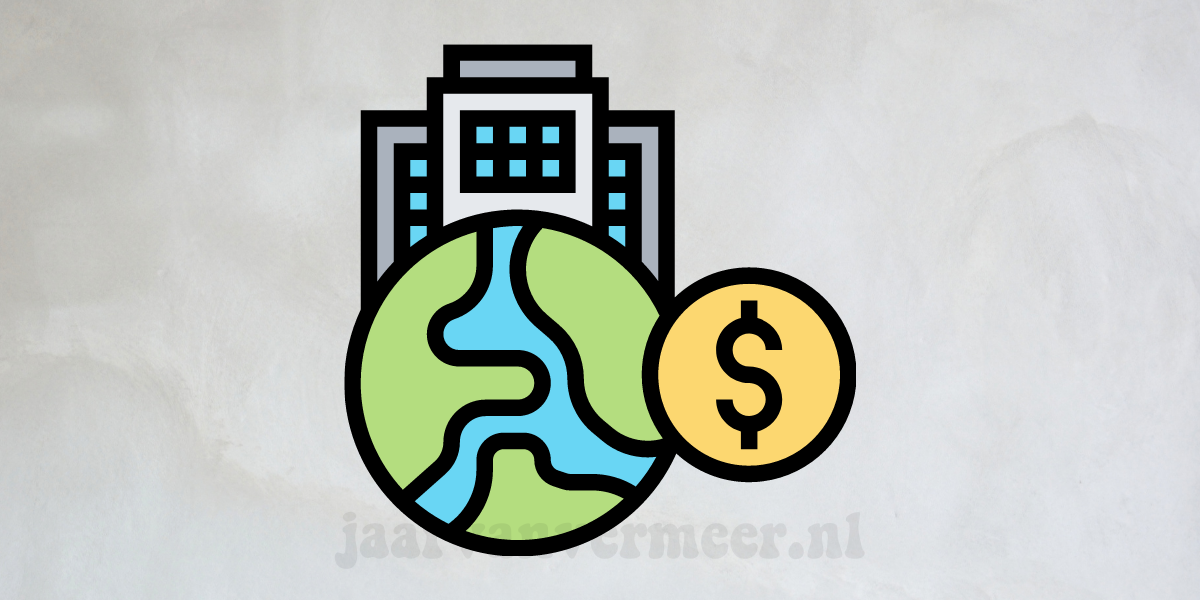
A Mexican company has become the world’s largest provider of cement, aggregates and ready-mix concrete.
What are the key factors that enabled this company to grow cohesively while still delivering 20% CAGR EBITDA growth over the decades?
1. Define a genuinely global-local strategy
The company’s survival was dependent on its ability to expand abroad after the NAFTA agreements were signed with Mexico in 1990. It first limited its product ranges to avoid dangerous expansion. Then it focused on expanding its geographic reach – the company has expanded its geographical coverage to 50 countries.
Global strategies need local adaptation. Cemex has mastered multiple techniques to distinguish and take advantage of different markets and economies. Cemex’s focus in Europe and the USA has been on product innovation, such as the introduction of Insularis (a ready-mix brand that increases the energy efficiency of buildings) and the USA. It has been focusing on providing more value than just supplying its main products in South America. For example, it shows municipalities how to manage and structure a project.
2. Get outside and put your laser-sharp focus to make acquisitions work
M&A deals can help companies increase their scale, expand geographical reach, diversify their talent pool, and add capabilities. Cemex’s success in serial acquisitions is due to the speed and efficiency it uses to generate value from an investment.
Post-merger integration is documented. The manual covers only human resources, while the same team is used to handle each acquisition. The team is made up of junior managers with high potential who strive to find the right balance between efficiency and open-mindedness. They analyze the investment and reduce costs. Then they quickly roll out standard core processes.
Cemex places around 20 people in the acquired company to teach others the Cemex way and identify best practices for the group. This is because collaboration is key to successful integration.
3. Create distinctive business capabilities
Cemex transformed from an inward-looking, efficient company to become more connected with the environment. Cemex realized that cement is not a suitable medium for engaging customers in a unique way and decided to invest in long-term relationships with clients to gain a unique insight into their evolving needs.
These insights are crucial to product innovation. For example, low-heat concrete prevents premature thermal cracking. Construrama is the largest global network of material outlets and offers a time-based delivery guarantee. It is now offering more than just cement and ready-mix products.
It has also developed its own environmental sustainability capabilities to match the clients’ shift towards environmentally friendly practices. These include reducing its fuel consumption, removing or mitigating pollution in its materials or lowering its production costs. It has also innovated with products like high-strength concretes, which reduce the number of building materials required, or self-compacting concrete, which reduces energy consumption during construction and improves strength and durability.
4. To share your knowledge, join communities of interest
Global businesses face the greatest challenge of being able to operate as one company in all markets and manage hyper-local enterprises too. Cemex makes sure that every function (production, procurement logistics, marketing finance, R&D, finance) has a global outlook and standard corporate policies (the Cemex Way). This is achieved while localizing interactions with customers.
It has also introduced an internal collaboration platform called Shift, which has helped the company reduce the time needed to introduce new products and make internal process improvements. Shift uses a combination of blogs, discussion boards and Web-conferencing tools to allow employees from all over the globe to collaborate on specific issues. It helps to solve local problems and share knowledge with global talent.
Cemex has always been able to learn from acquired companies through Shift. Cemex’s global standard for alternative fuels and waste to energy was established by one acquisition company. Today, Cemex has more than 28% alternative energy usage, which is the highest among its competitors.
5. 5. Develop local talent
Global strategies can only be implemented successfully if there is a worldwide pool of competent managerial resources. It is crucial to develop and retain local leaders with strong industry and functional expertise. These people can move seamlessly between expanding and emerging markets.
Cemex’s 44,000 employees around the world can be taught the Cemex Way. This allows them to quickly transfer their knowledge across borders without having to learn new methods. Cemex was able to easily hire engineers from Spain, Poland, and Latvia when it faced a shortage of German engineers.
Cemex invests a lot in change management. This includes helping new employees to learn the company’s practices and assimilation. Cemex wants to keep the talent and the way they think. Cemex has been able to grow into a global success company because it has successfully integrated people and companies from France, Germany, France, the U.S. and other countries into its “it thinks” approach.
Many companies try to expand internationally, but they often find it challenging to do so because of a lack of relevant capabilities and constraints from their home countries. Companies often lack the stability, leverage and control that are essential to a robust global presence. What would it take to make it the ‘Cemex Way’?